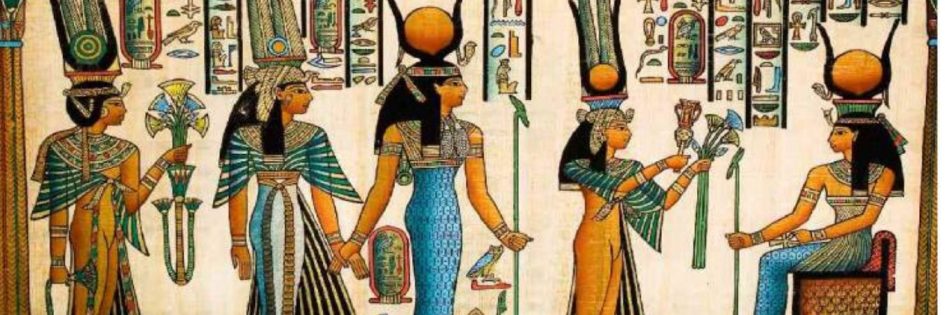Art is a subjective concept that is perceived differently by everyone. From ancient Egyptian art and drawings to Egyptian sculptures like The Great Sphynx and Abu Symbell, everything can be considered a form of art and craft.
The more we try to explore the ancient history of Egypt, the more it unfolds and unravels the mysteries of Egyptian culture and traditions. Over the years, Egypt has procured and preserved their ancient history through monuments, museums, carvings, drawings, and ancient Egyptian art pieces.
To understand what the ancient artworks of Egypt stood for, one should glance at their origins and try to contemplate the idea behind their creation. Every art piece serves an entirely different purpose and meaning attached to it. Ancient Egyptian art can be understood through the following points.
Symbolism & Purpose of Egyptian Art
Whether we talk about ancient Egyptian drawings, sculptures, paintings, or monuments, the purpose of these art pieces used to be the same. All the art forms of Egypt were majorly created in memory of a deceased political figure, king, or religious leader. These sculptures, paintings, and drawings served a bigger purpose: to fulfill the rituals of death. One of the most intriguing details about the significance of these artistic creations is that they were created to connect the spiritual and physical realms.
Monuments and Infrastructure
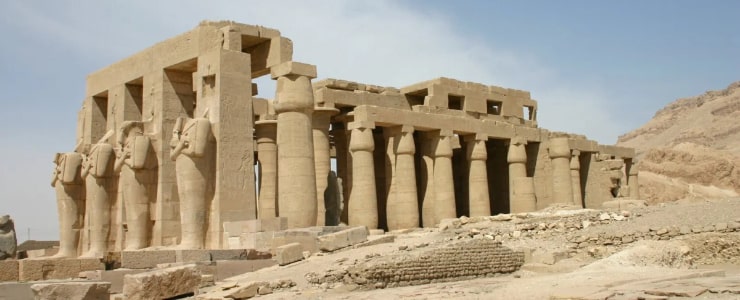
It would be unjust not to call the ancient Egyptian architecture and monuments a work of art. The Pyramids of Giza, the Great Sphinx, The Valley of Kings, and many other architectural marvels are true works of art and design. It took centuries and generations to build these monuments; they were considered modern engineering wonders at the time. Egyptian monuments like Pyramids and Pharaohs were also created to store corpses and assist their souls to enter the spiritual world.
Text and Image
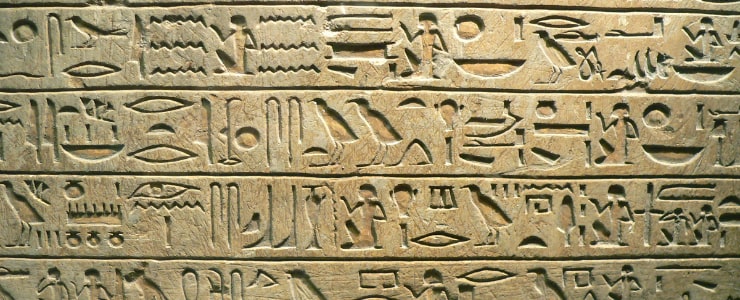
The text in Egyptian art was usually conveyed through images. Archeologists have found several pictures of eagles, snails, cats, and humans carved on walls to elucidate a scene or an incident that took place in history. These beautifully crafted drawings and illustrations prove the daily life rituals, traditions, and practices performed during the ancient period. These forms are commonly called two-dimensional art, where artists replicated the real world on canvases such as stones, walls, and tombstones.
Statues and Sculptures
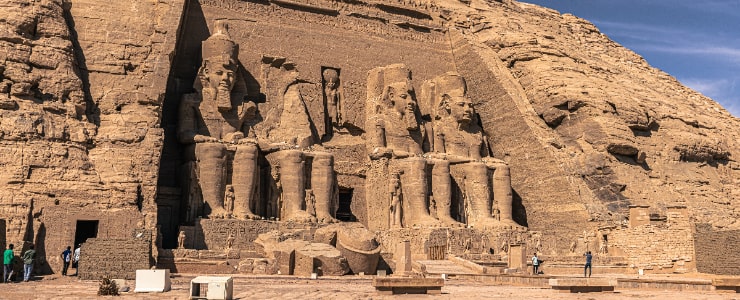
Sculptures and Statues have played a vital role in the Egyptian art market. These sculptures of gods, rulers, and warriors signify the authentic culture of Egypt. These figures represent the strength, leadership, and power that the empire held. From Idol worshipping to infrastructural symbolism, the ancient sculptures of Egypt convey a powerful message to the world. Nowadays, you can find these sculptures in museums and temples and witness their true essence and meaning.
Jewelry
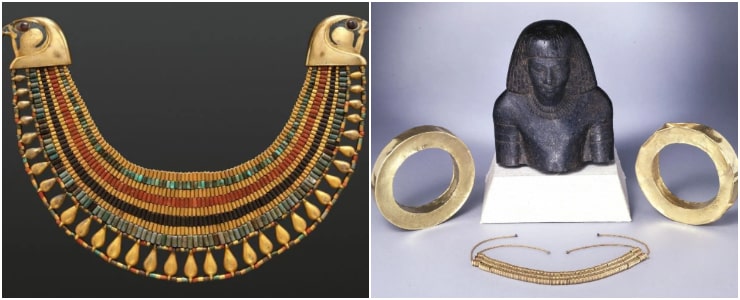
The craftsmanship of ancient Egyptian jewelry was beautifully exceptional. Preserved Egyptian ornaments, lockets, and crown jewels are a testament to the artistic craftsmanship of old age. Made of gold, silver, and Gemstones, these artistic creations were owned by the rulers, Godmans, and locals of ancient Egypt. These objects had aesthetic appeal and symbolic significance, frequently signifying strength, control, and ties to the holy.
Related Post:
- Al Ain Region travel guide: Discover Abu Dhabi’s living oasis
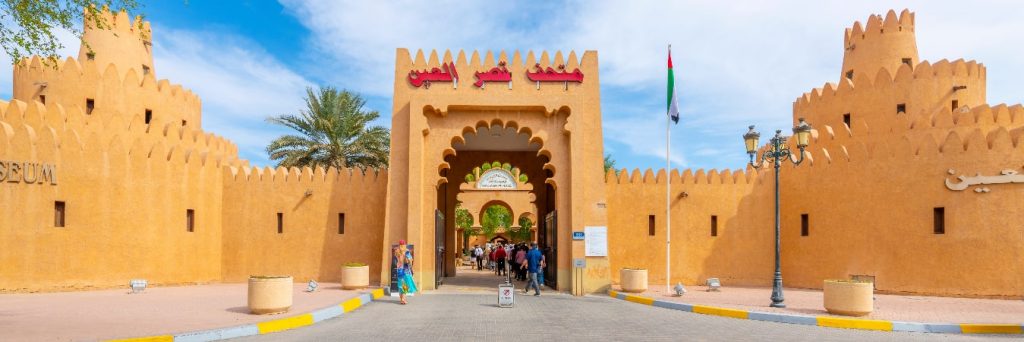
- Abu Dhabi travel guide: sun, culture and shopping bliss

- Street Foods of Varanasi: A Delicious Pilgrimage Through India’s Oldest City

Legacy
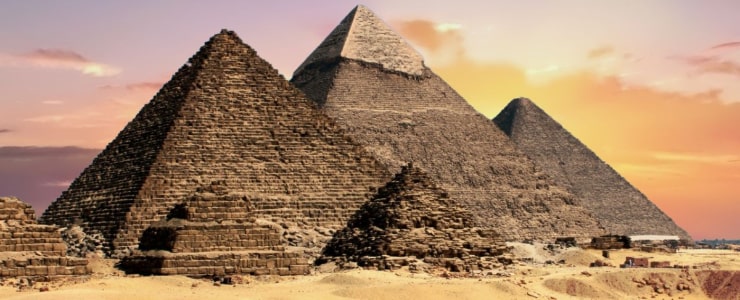
The ancient Egyptian art pieces have been celebrated for thousands of years, and their preservation ownership has been passed from kingdom to kingdom over the years. These art creations have influenced other cultures and inspired nations and artists around the globe to adopt the same art techniques. Greek, Roman, and Art Deco are some of the most notable kingdoms that took inspiration from Egyptian art and architecture.
Notable Artistic Creations
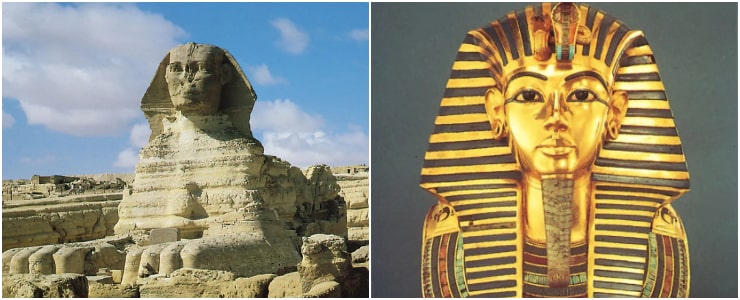
This blog will be meaningless if we don’t talk about some of the most celebrated ancient Egyptian art pieces.
The Great Sphynx
A giant sculpture with the head of a pharaoh and the body of a lion makes the Great Sphynx one of the most unique architectural monuments in the world. Although much less is written about its significance and why it was created, the Great Sphynx is still a vital contributor to Egyptian tourism.
The Narmer Palette
Dating back to 3100 BCE, the Narmer Palette is one of history’s earliest Egyptian art creations. The Palette was created to depict the unification of upper and lower Egypt by King Narmer.
Amarna Period Art
The Amarna period is referred to the reign of Pharaoh Akhenaten. During this time, artists embraced more realistic renderings of the human figure and broke away from the customary precise proportions and formalities. This unique creative approach is demonstrated in the well-known sculpture of Akhenaten and his family.
Tutankhamun’s Funerary Mask
One of the most fascinating artifacts of ancient Egypt, Tutankhamun’s Funerary Mask, is a gold mask that served as a protective vessel to the face of the mummy.
Ancient Egyptian Art FAQ’s
1. What are some of the most notable ancient Egyptian art creations?
1. Here are some of the most popular and notable Egyptian art pieces that you should checkout:
The Great Sphynx
Tutankhamun’s Funerary Mask
Amarna Period Art
The Narmer Pallette
2. What was the artistic significance of statues and sculptures?
2. Sculptures and statues signified power, leadership and idol worshipping.
3. Which other kingdoms are heavily inspired by Egyptian art?
3. The Egyptian art and architecture heavily inspired Greek, Roman and Art Deco kingdoms.
4. What does Narmer Palette signify?
4. The Narmer Palette signifies King Narmer’s unification of upper and lower Egypt.
5. What purpose did the Egyptian art serve?
5. Egyptian arts like tombs, statues, texts and images were mainly created in memory of kings, rulers and political figures. Conclusion The rich history of Ancient Egyptian artwork is proof of that culture’s unrivaled inventiveness, creativity, and spiritual ties.
The art of ancient Egypt continues to captivate people with colossal buildings, beautiful sculptures, compelling paintings, and magnificent jewelry, providing a window into an ancient past that is inexplicably fascinating.

Anamika Chauhan is a Senior Content Writer at TBO Academy. Specializing in B2B content, she works closely with the marketing team to bring out the outlook about the industry in her write-ups. Connect with her on LinkedIn or write to her at anamika.chauhan@tbo.com


